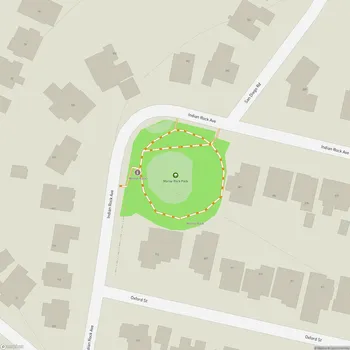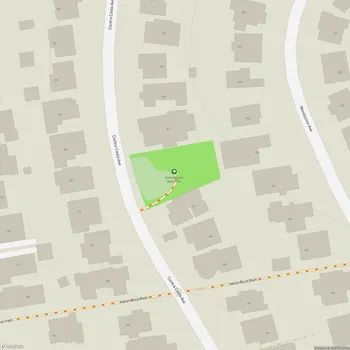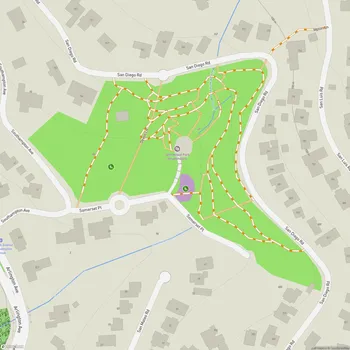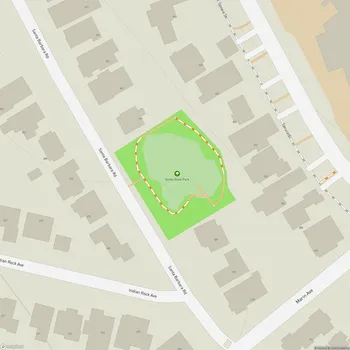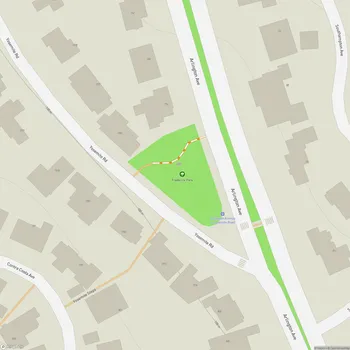Indian Rock Park
Indian Rock Park Map
About Indian Rock Park in Berkeley
Indian Rock Park is a small but distinctive public park located in Berkeley, California. Situated on the slope of the Berkeley Hills, this 1.18-acre (4,800 square meter) park is renowned for its unique geological features and panoramic views of the San Francisco Bay Area.
The park's centerpiece is a large outcropping of Northbrae rhyolite, a volcanic rock formation deposited by eruptions approximately 10 million years ago. This prominent rock formation has made Indian Rock Park a popular destination for rock climbing and bouldering enthusiasts since at least the 1930s. Notable figures in the history of rock climbing, such as Richard M. Leonard and David Brower, honed their skills on these rocks.
Visitors to Indian Rock Park can enjoy breathtaking vistas that encompass downtown Oakland, the University of California Berkeley campus, central Berkeley, San Francisco Bay, San Francisco itself, and parts of Marin County. On clear days, all three of the bay's largest bridges are visible from the park's summit.
The park features two sets of stone steps carved into the main rock formation during the Great Depression era, allowing easier access to the top. These steps, along with Indian Rock Path, a public walkway connecting the park to nearby streets, make the park accessible to a wide range of visitors.
Indian Rock Park holds historical significance beyond its geological features. It was donated to the City of Berkeley in 1917 by Duncan McDuffie, a prominent environmentalist and real estate developer, as part of the Mason-McDuffie development of the Northbrae area. The park also bears evidence of its use by Native American Ohlone people, with mortar holes still visible in the rock, testament to the area's long human history.
Recent conservation efforts have seen the removal of non-native Eucalyptus trees and the planting of native species such as California Buckeye, Western Redbud, and California flannelbush, enhancing the park's ecological value.
